In order to ensure that Android devices such as Android phones and tablets around the world can meet system standards, Google often conducts a round of GMS certification tests before product launches to check compatibility and stability issues.
Generally, all Android phones that are to be sold in overseas markets must pass this certification, otherwise Google’s Play Store, Gmail, and other Google services will not work.
Recently, reported by XDA Developers A suspected GMS certification document released in September shows that some of the regulations have been updated by Google to clarify the new standards that OEMs need to follow, such as USB-PD charging and digital health.
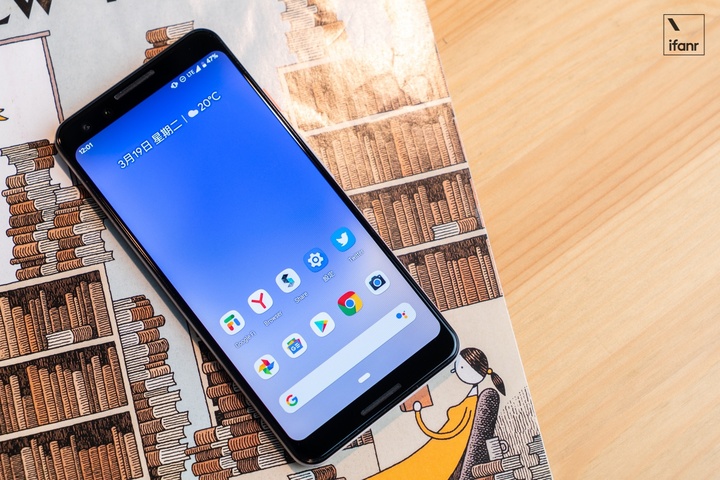
First, the PD charging protocol is briefly introduced. This is a general specification for fast charging developed by the USB-IF organization. It enables devices to support higher and higher voltages and currents, and deliver power up to 100W.
But many people will still mixConfusing the two indicators of USB-C interface and PD charging, in fact, USB-C is just an interface, but some device manufacturers take the opportunity to remove the feature of PD fast charging in order to save trouble, or just support their own private fast Filling the standard, this also makes the charging head compatibility of various Android phones become very confusing.
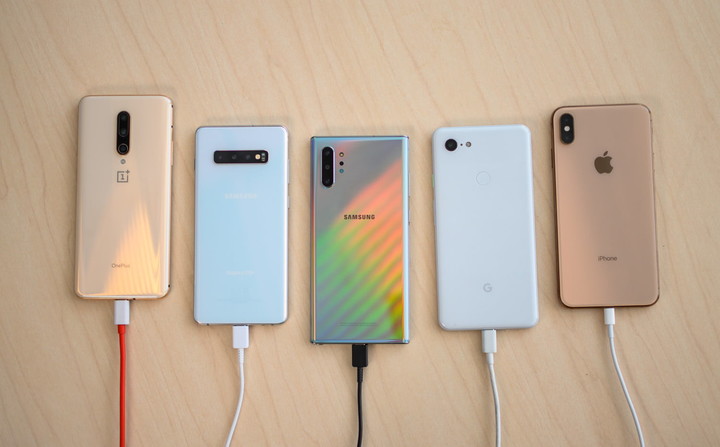
▲ Image from: Digitaltrends
As early as the Android 7.0 era, Google had hoped that OEMs would provide a complete USB-C interface standard, but at the time the certification document was only marked as “strongly recommended”. Whether it should be implemented or not depends on the manufacturer’s wishes.
Now, the wording of this rule has been adjusted to “must have”. According to the documentation, all new devices released in 2019 and equipped with a USB Type-C interface must ensure that the USB-compliant charger has “complete mutualIt is operability and comes with a USB-C charging plug.
Although XDA also pointed out that Google’s statement is somewhat vague, there will still be some differences in the supported PD fast charging power, but from the perspective of the entire Android ecosystem, the new rules will still help to charge Android phones. The specifications are basically consistent, and there is no embarrassing situation where “all C ports can not be charged with PD”.
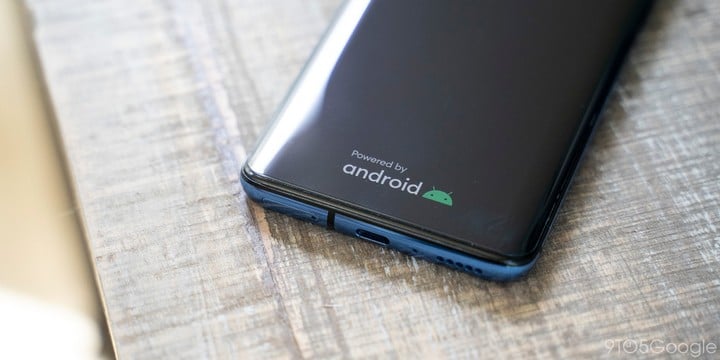
▲ Image from: 9to5Google
In addition to changes in charging standards, XDA alsoSome interesting information was found in this GMS document.
One is the approval schedule for older Android systems. According to the documentation, before January 31, 2020 , OEMs can still submit products pre-installed with the Android 9 system for testing, but after that date, Google will only accept hardware pre-installed with the latest Android 10 system, and the device will also display the latest when booting. “Powered by Android” logo.
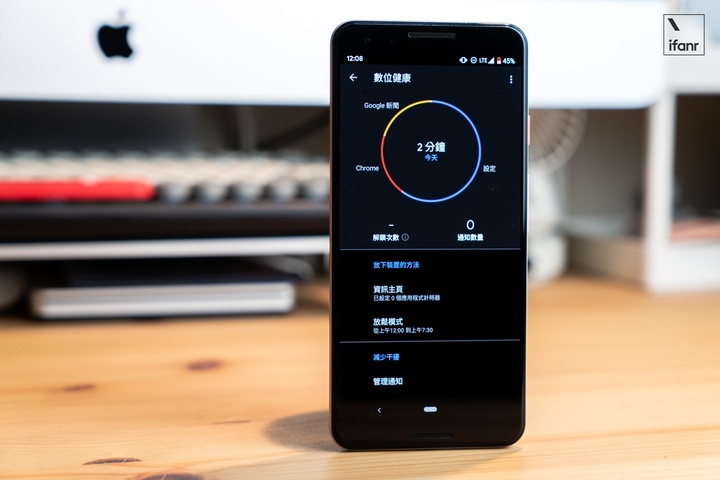
Second, On mobile addiction issues, the documentation requires that all devices updated to Android 9, 10 systems be built into their own systems with features such as “Digital Health” and parental controls. At present, this application has been applied to some third-party Android phones such as ASUS and Nokia. Of course, Google does not force manufacturers to use the original “Digital Health” application, as long as it can provide similar functions, such as Xiaomi and Huawei. Your own health application.
Like the “screen usage time” on iOS, this “digital health” also includes various functions that allow users to adjust and monitor their mobile phone status, such as showing how long you use your phone every day and which apps are spent. The time is the most, and the phone can be forced into the Do Not Disturb mode when sleeping.

In addition to the settings for gesture interaction, the documentation says that all Android 10 mobile phones verified by GMS need to use the traditional “three King Kong” virtual buttons or Android 10 pure gesture interaction as an option, and do not allow manufacturers to use their own gesture interaction as the factory default interaction, as for the previous “pill” The navigation bar does not make hard rules.
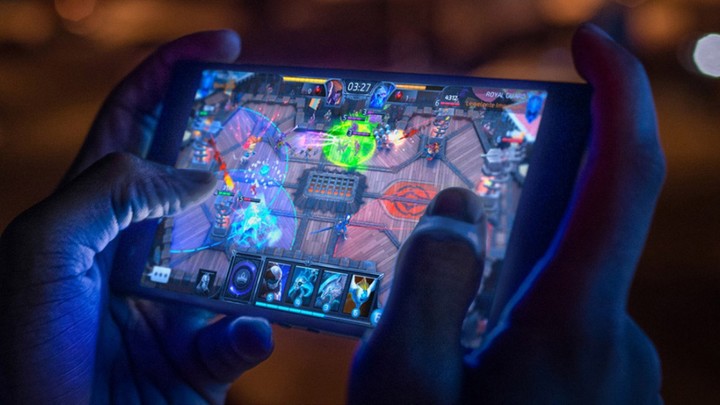
Finally, the document also exposed a Google game called “Game The new program of certification, the mobile phone that needs to pass the certification must ensure that all CPU cores in the chip can be called, avoiding frequency reduction, and also need to support the latest graphics API interface and be able to allocate enough running for the game. Memory, etc.
There is speculation that this may be the standard set by Google for a series of game phones such as Razer, Black Shark and Asus, because the definition of “game phone” is not clear yet. Maybe we will See the words “XXX Certification” on the box of the relevant product.
Source: Google